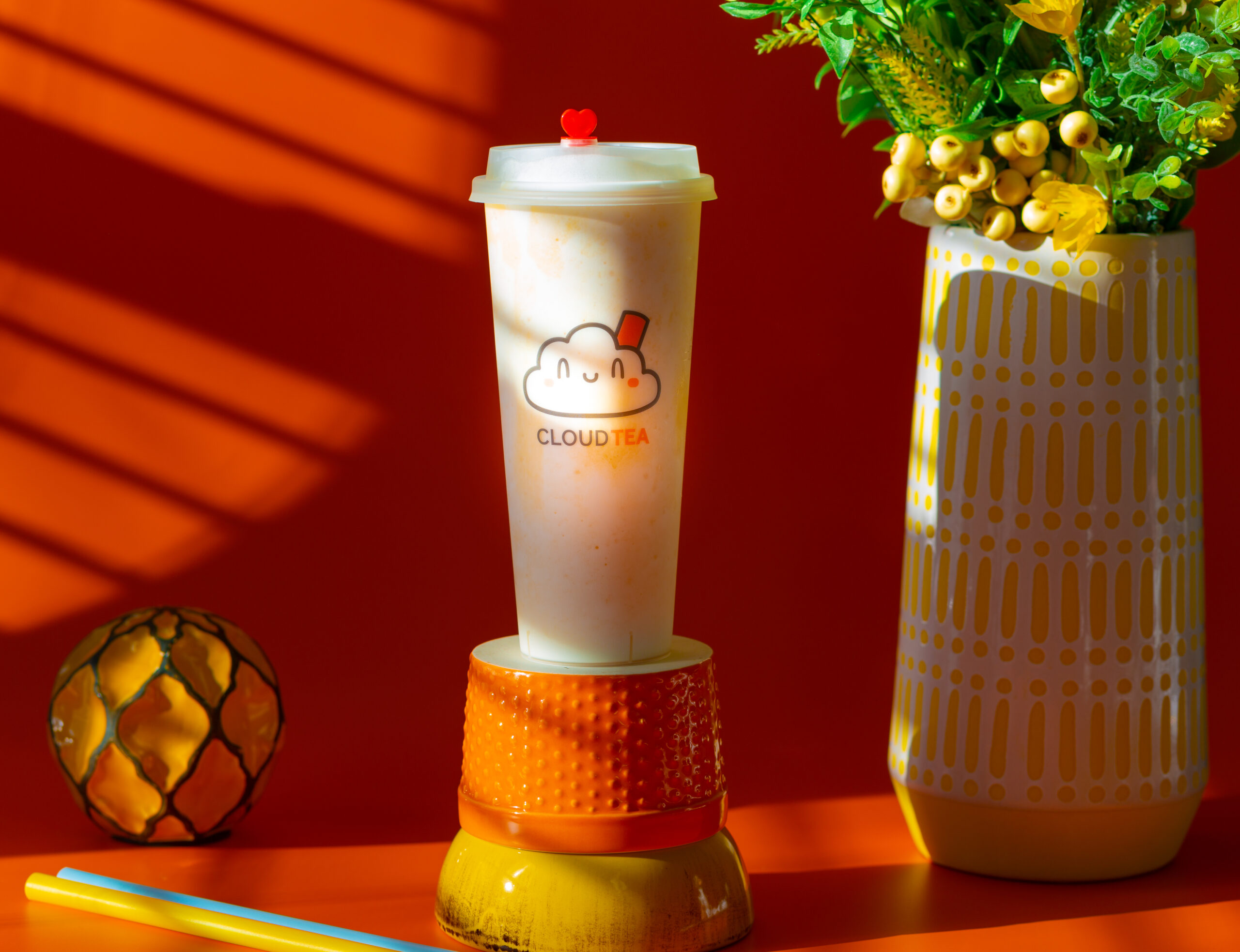2 / 2
Food photography has become increasingly popular in recent years, with social media platforms like Instagram and Pinterest showcasing an array of beautiful and delicious-looking dishes. The art of food photography is more than just taking a picture of your meal; it requires careful planning, styling, and technical skills to create a visually appealing and appetizing image. In this article, we’ll explore the art of food photography and the science behind why it can make us feel hungry.
According to research, the visual appeal of food can significantly influence our eating behavior. In a study conducted by Cornell University, participants were presented with pictures of food that were either highly appealing or unappealing. The researchers found that participants who viewed the highly appealing food images experienced a greater desire to eat, compared to those who viewed the unappealing food images (Wansink & van Ittersum, 2005). This study suggests that the visual appeal of food can influence our desire to eat and may explain why food photography has become such a popular art form.
So, what makes a food photograph appealing? There are several elements that can contribute to the visual appeal of a food image. Lighting is a crucial component of food photography, as it can highlight the colors and textures of the food. According to a study by the American Society of Media Photographers, natural lighting is the most preferred type of lighting for food photography, as it provides a soft and natural look (ASMP, 2017).
Another important element of food photography is composition. The composition of a food photograph refers to the arrangement of the food, props, and background. A well-composed photograph can create a sense of balance and harmony, while a poorly composed photograph can feel cluttered and unappealing. According to a study by the Journal of Sensory Studies, symmetrical compositions are often preferred in food photography, as they can create a sense of balance and harmony (JSS, 2019).
Styling is also an essential component of food photography. Styling refers to the arrangement and presentation of the food. A well-styled photograph can create a sense of texture, depth, and dimension, while a poorly styled photograph can feel flat and unappetizing.
In a study conducted by the Journal of Culinary Science & Technology, researchers found that the arrangement of the food in a photograph can significantly influence its appeal. Participants in the study preferred photographs that showed the food arranged in a natural and realistic way, rather than an overly-styled or manipulated presentation (JCST, 2021).
In addition to the visual appeal of food photography, there is also a psychological component to why we find food photographs so enticing. According to a study published in the journal Frontiers in Psychology, the visual perception of food can activate areas of the brain associated with reward and motivation.
The study found that participants who viewed images of high-calorie foods experienced a greater activation of the reward centers of the brain, compared to those who viewed low-calorie foods (Killgore et al., 2013). This study suggests that the visual perception of food can influence our desire to eat and may explain why we find food photographs so alluring.
However, it is worth noting that food photography can also have a negative impact on our eating behavior. In a study published in the journal Appetite, researchers found that exposure to food advertisements can increase our desire to eat, even if we are not hungry.
The study found that participants who viewed food advertisements experienced a greater desire to eat, compared to those who viewed non-food advertisements (Halford et al., 2004). This study highlights the importance of being mindful of the impact that food photography and advertisements can have on our eating behavior.
In conclusion, food photography is an art form that combines visual appeal, composition, and styling to create a visually enticing image.


